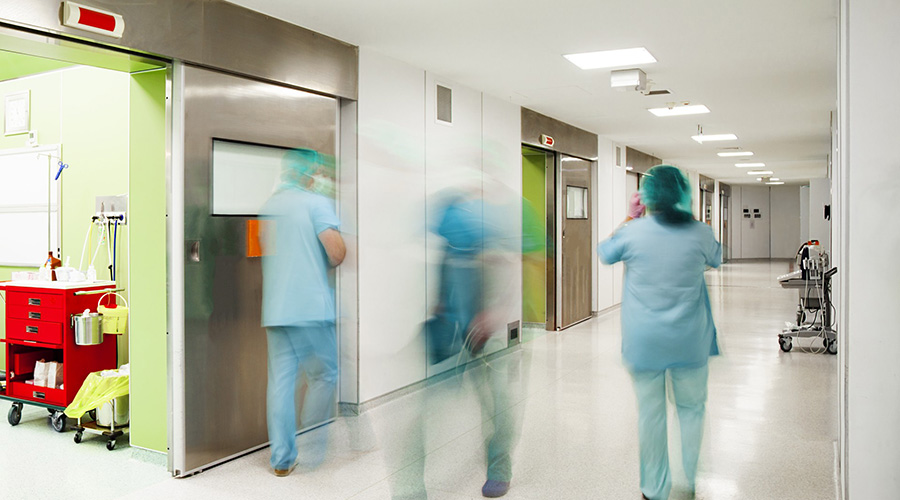When setting standards for healthcare cleaning, there is a lack of conclusive evidence that previously suggested food-service levels of contamination relate to the prevention of healthcare-associated infections, according to an article on the Infection Control Today website.
The difficulties in measuring cleaning efficacy are compounded by the lack of standardized methodologies and are rarely quantitative. Environmental screening usually takes place on an ad hoc basis after an outbreak, but it is impossible to screen the entire surface of a ward and finding the outbreak strain is not guaranteed, the article said.
According to experts, no one set of standards exists for general hospital wards and there is considerable variation in sampling methodologies and quantitative reporting. This makes it difficult to compare fluctuating situations in a ward, between wards and between different hospitals, let alone investigate specific levels of contamination in relation to infection risk.
Bacteriological standards based on those used by the food industry were once suggested but whether this level of contamination is associated with a lower risk for transmission of infection is unknown, the article said.

 Making the Energy Efficiency Case to the C-Suite
Making the Energy Efficiency Case to the C-Suite How to Avoid HAIs This Flu Season
How to Avoid HAIs This Flu Season Design Phase Set to Begin for Hospital Annex at SUNY Upstate Medical
Design Phase Set to Begin for Hospital Annex at SUNY Upstate Medical Building Hospital Resilience in an Era of Extreme Weather
Building Hospital Resilience in an Era of Extreme Weather Ennoble Care Falls Victim to Data Breach
Ennoble Care Falls Victim to Data Breach